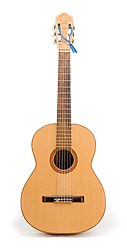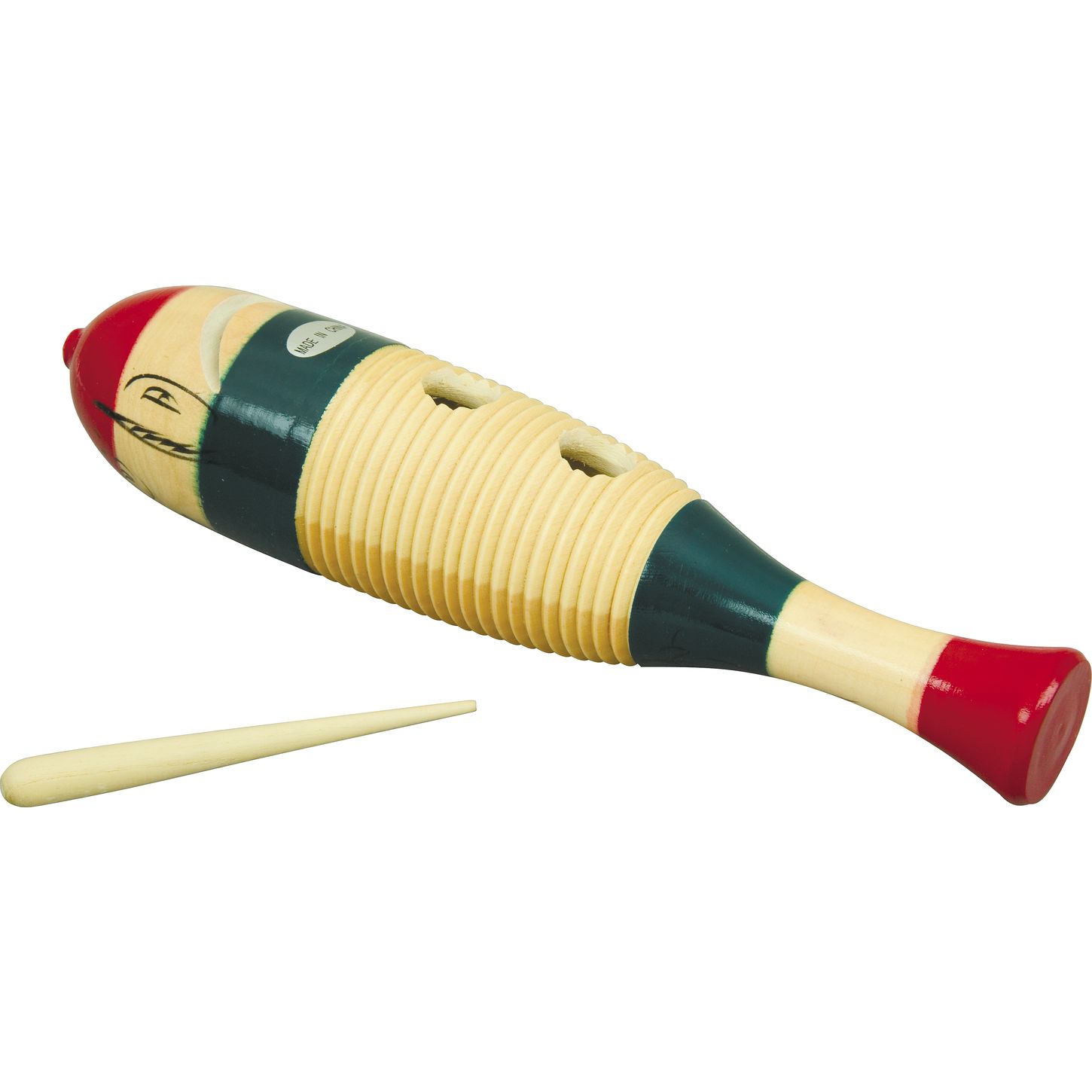Donations
I would like to take this opportunity to thank the parents and friends of the Pattengill music program! Through donations, we have been able to purchase a multitude of instruments to add to our room! These instruments include, but are not limited to, tubanos, synthesizers, talking drums, bongos, glockenspiels, cabasas, gankogue, guitars, spoons, shekeres, guiros, and cowbells! In case you do not know what these items are, I have attached pictures with brief descriptions below, followed by a link to the description page.
Instruments Purchased
Tubanos
The Tubano ™ is a Remo innovation that features an internal resonating tube and four molded feet. The feet lift the resonating tube off the floor to allow the full Conga-like sounds to be heard without needing to lift the drum off the floor. X8 Drums
Synthesizers (keyboard)
An electronic instrument, often played with a keyboard, that combines simple wave forms to produce more complex sounds, such as those of various other instruments. freedictionary.com
Talking Drums
Bongos
A pair of small single-headed Afro-Cuban drums. The two heads, which are respectively about 5 inches (13 cm) and about 7 inches (18 cm) across, are nailed or rod-tensioned to wooden, open-ended “shells” of the same height. Played with the hands and fingers, the drums are yoked together to help the performer execute lively rhythmic dialogues. Bongo drums were created about 1900 in Cuba for Latin American dance bands. Other Cuban folk drums are also called bongos. Encyclopedia Britannica
Glockenspiels
Also called orchestra bells, the glockenspiel resembles a small xylophone, but it is made of steel bars. The glockenspiel is typically played with wooden or plastic mallets, producing a high tuned sound that is bright and penetrating. The name glockenspiel comes from the German language and means "to play the bells." Dallas Symphony Orchestra
Cabasas
Developed more than 30 years ago the afuche or cabasa is now one of the world's most popular hand percussion instruments. The LP Afuche/Cabasa creates rhythmic scraping sounds and patterns. Loops of steel-bead chain wrapped around a specially textured stainless steel cylinder creates the distinctive sound as the chain vibrates against the cabasa's wooden flanges and cylinder. The percussionist grasps the afuche with its wooden handle manipulating the beads against the textured steel or spinning the cabasa or shaking it for a variety of sounds. Musicians Friend
Gankogui
The Gankogui, pronounced gon-KOE-gui, is also known as the agogo bell, double bell, or hi-low bell.
The Gankogui is an essential part of the drum circle keeping time and adding an overall drive or anchor point for the drumming. It is a very important part of traditional West African and Brazilian rhythm patterns. World Wide Drums
The Gankogui is an essential part of the drum circle keeping time and adding an overall drive or anchor point for the drumming. It is a very important part of traditional West African and Brazilian rhythm patterns. World Wide Drums
Guitars
The guitar is a plucked string instrument, usually played with fingers or a pick. The guitar consists of a body with a rigid neck, to which the strings, generally six in number, are attached. Guitars are traditionally constructed of various woods and strung with animal gut or, more recently, with either nylon or steel strings. Wikipedia
Spoons
In American folk music, often artists will simply employ a pair of table spoons, situate them back to back in one hand, against their leg or another body part, and play them with the other hand. Although table spoons are common, instrument makers also fashion a "pair" of spoons that are joined at the end. These can be wooden, metal, plastic, or made of other materials. David Holt has a great online photo tutorial on how to get started with playing the spoons. About.com
Shekeres
The shekere is a handmade rattle. It consists of a hollow gourd or calabash, covered on the outside with a net of seeds, beads, shells, or any available material. Although its origins are West African, today it is found in the Americas and Caribbean as well. Ibiblio
Guiros
The güiro is made by carving the shell of the gourd and carving parallel fluting on its surface. It is played by holding the güiro in the left hand with the thumb inserted into the back sound hole to keep the instrument in place. The right hand usually holds the scraper and plays the instrument. The scraper is more properly called a "pua". A rhythmic, rasping sound like this sample audio clip, is produced. Playing the güiro usually requires both long and short sounds, which are made by scraping both up and down in long or short strokes. The güiro, like the maracas, is usually played by a singer. The instrument's rasping sound adds counterpoint tofolk music but is less often used in salsa bands. Music of Puerto Rico
Cowbells
A bell hung from a collar around a cow's neck. (This was the only non-sarcastic description I could find.) Answers.com






No comments:
Post a Comment